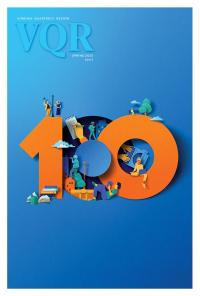Tom Bissell is the author of eleven books, the most recent of which is Creative Types: and Other Stories (Pantheon, 2021). As a screenwriter, he cocreated The Mosquito Coast, based on Paul Theroux’s novel of the same name, for Apple TV+ and wrote three episodes for the second and...
